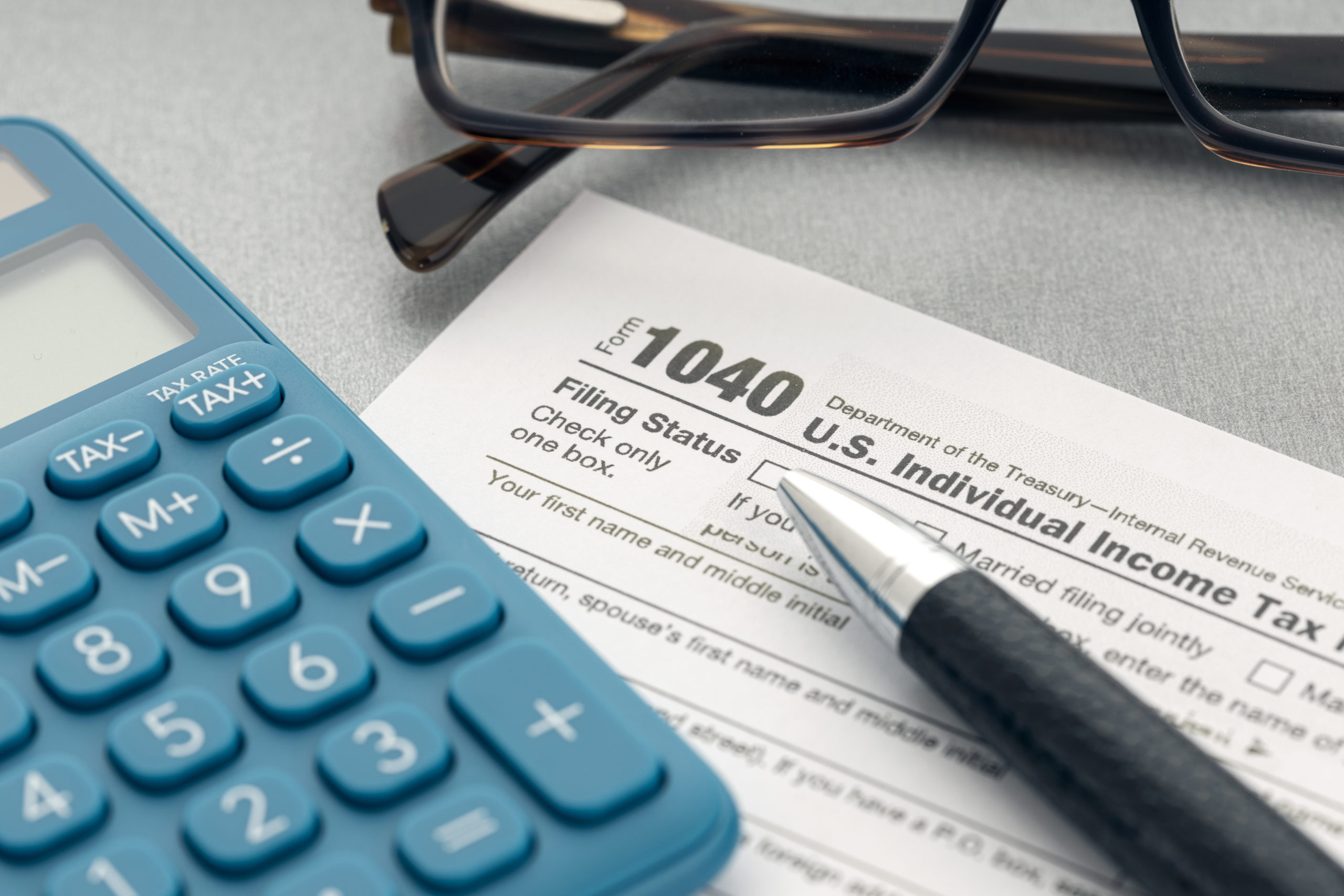Wondering where your tax bracket falls in the scheme of things? Tax brackets are used to determine the interest rate you’ll pay on taxes, which is based on your income. Although it might sound easy enough, using brackets isn’t as simple as looking at where your income falls. You first must calculate any adjustments such as deductions and credits, and then calculate what portion of your remaining taxable income falls into each bracket.
A big change in 2018 eliminated personal exemptions. As a result, anyone with dependents took a big hit. To help offset this a bit, the standard deduction was almost doubled. For many, that means there is no need to itemize a long list of deductions if the total adds up to less than the standard deduction.
| Tax Bracket | Single | Married filing jointly | Married filing separately | Head of Household |
| 10% | $0-$10,275 | $0-$20,550 | $0-$10,275 | $0-$14,650 |
| 12% | $10,276-$41,775 | $20,551-$83,550 | $10,276-$41,775 | $14,651-$55,900 |
| 22% | $41,776-$89,075 | $83,551-$178,150 | $41,776-$89,075 | $55,901-$89,050 |
| 24% | $89,076-$170,050 | $178,151-$340,100 | $89,076-$170,050 | $89,051-$170,050 |
| 32% | $170,051-$215,950 | $340,101-$431,900 | $170,051-$215,950 | $170,051-$215,950 |
| 35% | $215,951-$539,900 | $431,901-$647,850 | $215,951-$323,925 | $215,951-$539,900 |
| 37% | $539,901 or more | $647,851 or more | $323,926 or more | $539,901 or more |
The information above is regarding federal taxes. States will have their own set of taxation standards.
The tax overhaul not only lowered most of the brackets, but it also changed the taxable interest ranges. If you were married filing jointly and your taxable income was $76,000 in 2017, you would fall in the 25% tax bracket. For 2022, you’d be in the 12% bracket, and enjoy considerable savings. These shifting brackets will save some people money, but not everyone is so lucky.
How Progressive Tax Brackets Work
Since tax brackets can be mind-boggling, many people are unsure how they work. If your taxable income is $80,000 and you are single, you fall into the 22% tax bracket. But you don’t pay 22% on all your taxable income. If you’re single, the first $10,275 is taxed at 10%, $10,276-$41,775 is taxed at 12%, and $41,776-$89,075 is taxed at 22%.
If you get a raise, pat yourself on the back and don’t worry—you won’t end up in a worse financial situation. Only the additional amount of income in that range is taxed at the higher amount.
While the values above cover your federal taxes, the state taxes you’ll pay greatly vary. For instance, some states have a flat tax while others don’t collect any state income tax at all.
People Also Read
Tips to Save on Your Taxes
Having a defined plan can make tax season less stressful. Before you or a professional crunches the numbers, make sure all your documents are present and organized. Unintentionally forgetting to submit just one little piece of information could result in the IRS headed your way.
Have your taxes prepared by a professional
While it’s still a good idea to understand the new tax laws and changes, a tax professional will know the ins and outs of the new code. If you’re unsure about something, you should consult with a professional to prevent a mistake that could come back to haunt you. It’s a good way to keep the IRS off your back and the fee could pay for itself in tax savings and stress relief.
Get organized
Make sure that before you sit down to do your taxes yourself or with a professional, you have everything you need. That means W-2s, 1099s, mortgage interest statements (if you itemize), tuition payments, receipts, investment losses and gains, etc.
Print your tax forms
All forms are available at IRS.gov, saving you from tracking them down at your library or post office. Even if you use software to do your taxes, it’s a good idea to get the forms and go through the process yourself before you input it into the software. It’s your money; you should know where it’s all going.
Get ready for next year now
Depending on how the new tax changes affect your refund/taxes owed, you may want to adjust your withholdings through your employer. If your employer offers a 401k, make sure you’re contributing as much as possible. Many employers offer to match your contribution up to a specified amount, so at the very least, you should be contributing that amount to avoid losing out on free money. Any contributions you make to your 401k aren’t taxed, so they won’t be counted in your taxable income.




